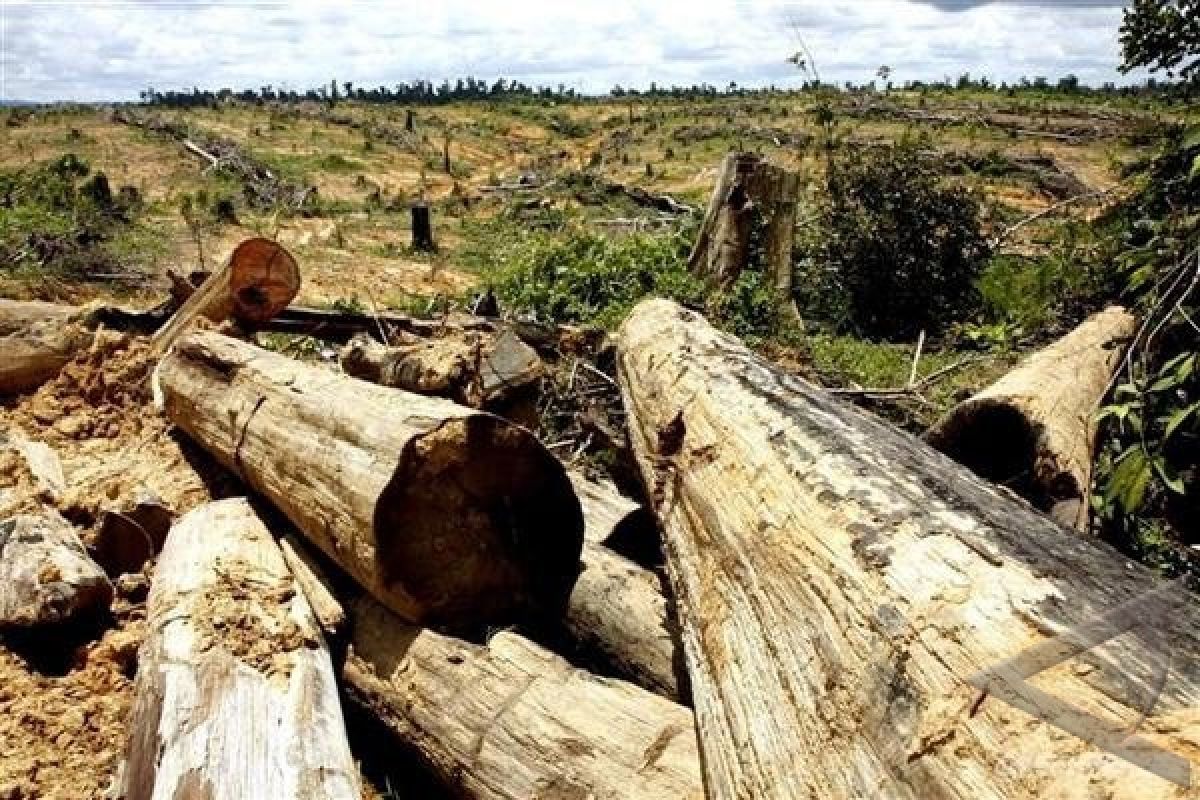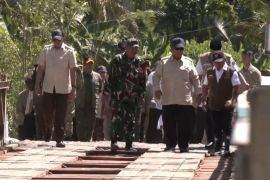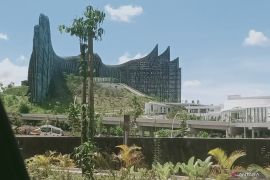"Green Central Kalimantan Province is a demand against the climate change and global warming where the local administration has had an agreement to be the project pilot of REDD+ program,"Palangka Raya, Central Kalimantan (ANTARA News) - About 7.27 million hectares of forests in Central Kalimantan are damaged due to deforestation, a lecturer said here Tuesday.
"Deforestation and barren land in Central Kalimantan cover more than 7.27 million hectares, while rapid forest degradation is less than 150 thousand hectares per year in the area," Sidik R Usop, the lecturer, said here Tuesday.
According to him, forest rehabilitation capacity was only 50 thousand hectares per year, either it implemented Special Fund Allocation for Forest Rehabilitation (DAKDR) or National Rehabilitation Movement (Gerhan).
"Based on data recorded in 2006, Kotawaringin Timur district was included in a category of the largest barren land reached 953.296 hectares. Then, Murung Raya district owned 2.403.972 hectares and Seruyan district had 891.946 hectares of barren land," he said.
He said in 2009 the barren land area in Central Kalimantan was about 9.596.161,6 hectares with the most area was in Seruyan district of 976.559.3 hectares and Kotawaringin Timur district was 976.555 hectares.
"Any impacts due to forest burn and deforestation were smog, air pollution, health disorder and air transportation disruption," he said.
Moreover, he added, the affects of the forest degradation were climate change, global warming, ecology, economy, social and culture failure and also barren land expansion.
While in mining sector, effects of the deforestation were about land and forest degradation, erosion, river expanse change and superficiality, waste pile, water snoring, mercury polluted water and biodiversity degradation.
"Green Central Kalimantan Province is a demand against the climate change and global warming where the local administration has had an agreement to be the project pilot of REDD+ program," he said.
Therefore, he added, the participation of civil citizens in the district was necessary to support the Green Province movement because the province functioned as a place for civil society who cared about environment issues to gather.
"Their role can criticize the central government if it has uncontrolled administration on natural resources, so that the environment could be a medium for political, economical and ideology," he ended.
(Uu.KR-FNY/H-NG/F001/P003)
Editor: Priyambodo RH
Copyright © ANTARA 2011












